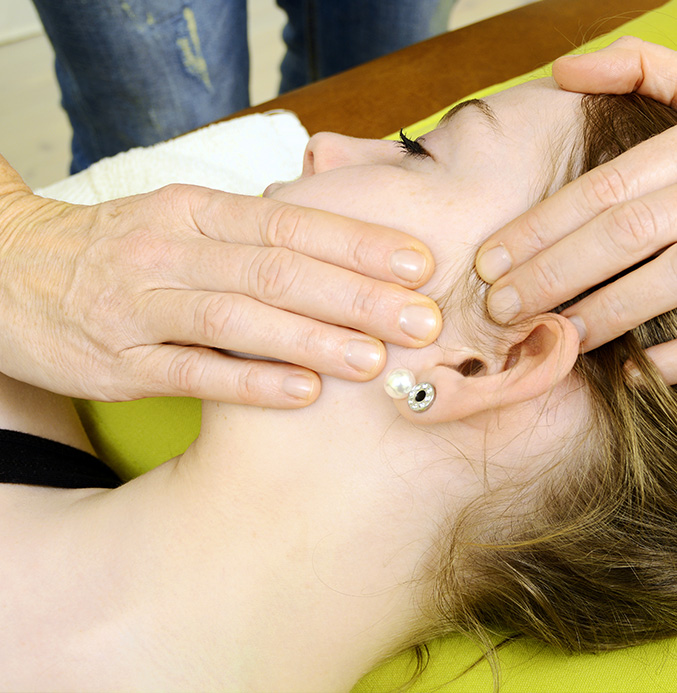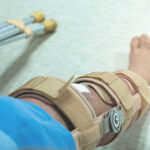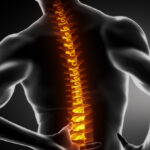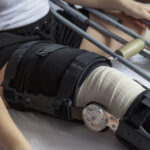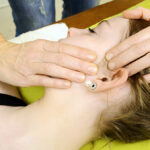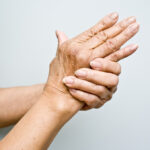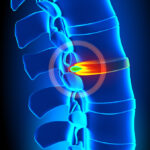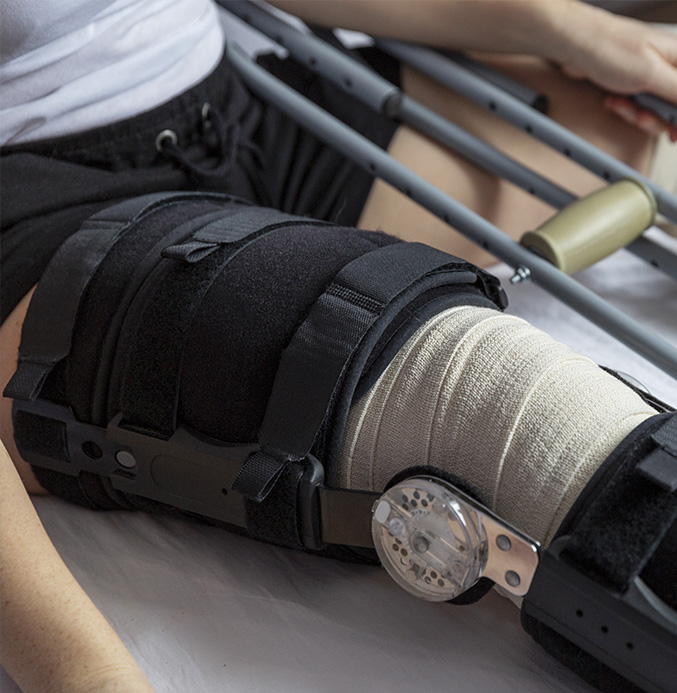We Treat a Wide Range of Medical Conditions
Conditions Treated
Pre & Post-Surgical Rehabilitation
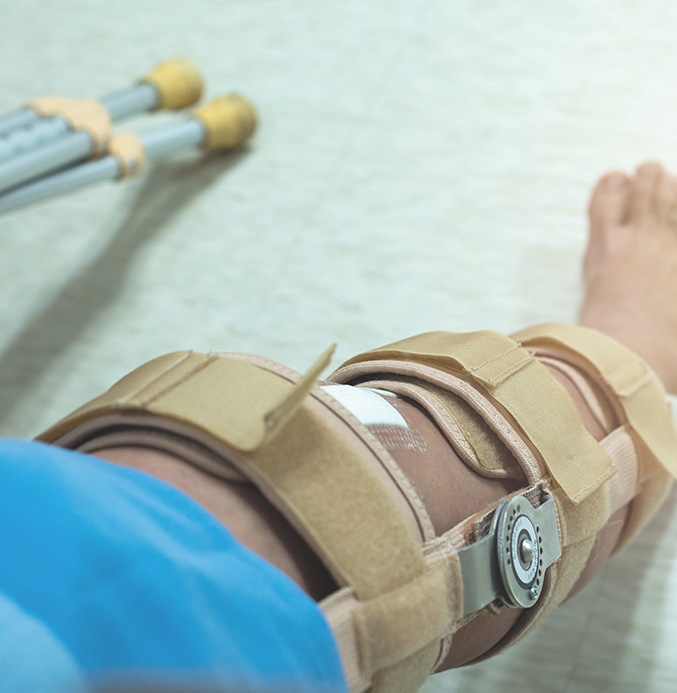
Increase your speed of recovery and reduce pain from orthopedic procedures by starting your PT as soon as possible. For many planned procedures, like knee and hip replacements, starting your physical therapy before surgery can aid post-surgical recovery. For patients anticipating a procedure, we provide a pre-surgical readiness assessment.
Back, Neck, & Extremity Pain
For back, neck, and extremity pain, the American College of Physicians urges physicians to recommend a multidisciplinary treatment program that includes physical therapy. In addition, the latest physical therapy techniques can help diagnose sources of back pain not shown on MRIs, X-rays, and other diagnostics.
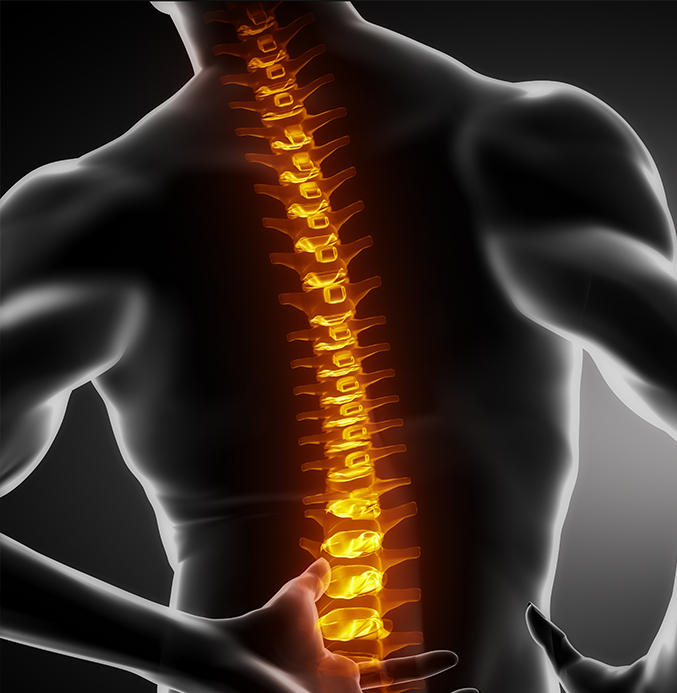
Bursitis & Tendinitis
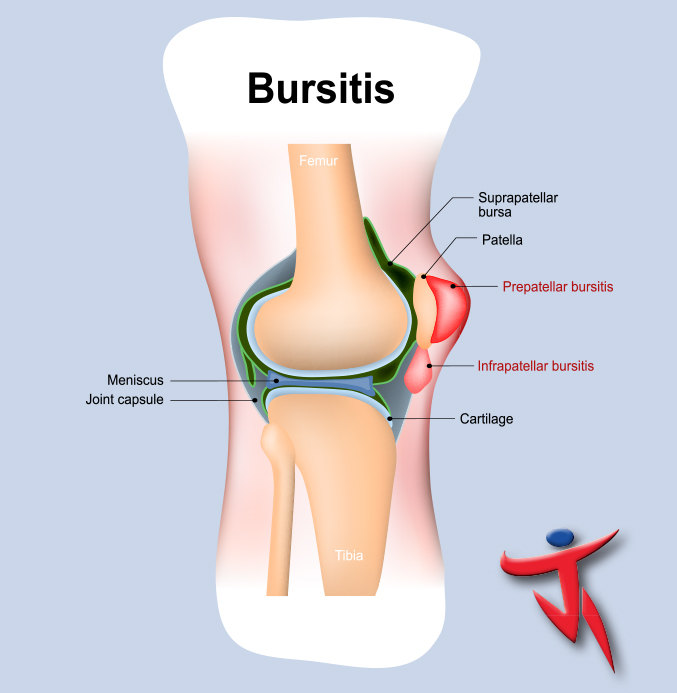
Bursitis and tendinitis are conditions resulting from inflammation or irritation of soft tissues. For bursitis, it affects the fluid filled sacs that cushion bones and connective tissue. For tendinitis, it affects the tissue connecting muscles to bones. Typically, both conditions resolve with rest and anti-inflammatory medication. However, flare-ups are common for both conditions, and that’s why physical therapy is important. Physical therapy for bursitis or tendinitis has been proven effective for treating the underlying condition, as well as reducing or eliminating the recurrence of both ailments.
Arthritis
Arthritis is a term that refers to a range of conditions that involve inflammation and pain in the joints. There are many kinds of arthritis, but the most common terms are osteoarthritis and rheumatoid arthritis. Regardless of the type of arthritis you may have, the condition can be painful, especially when left untreated. According to the CDC, physical activity that is low-impact is one of the primary ways to reduce the pain associated with arthritis. Your physical therapist can provide a variety of exercises you can do that are safe and effective for managing arthritis pain.
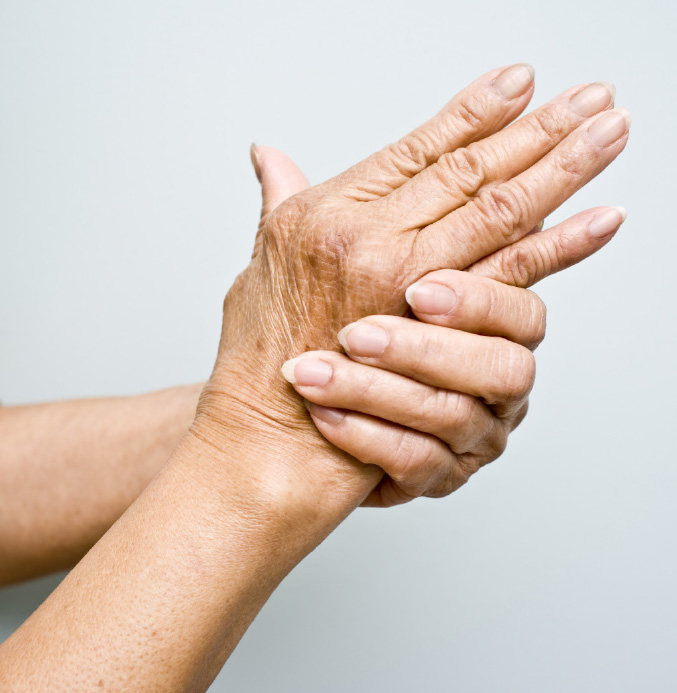
Herniated Disc
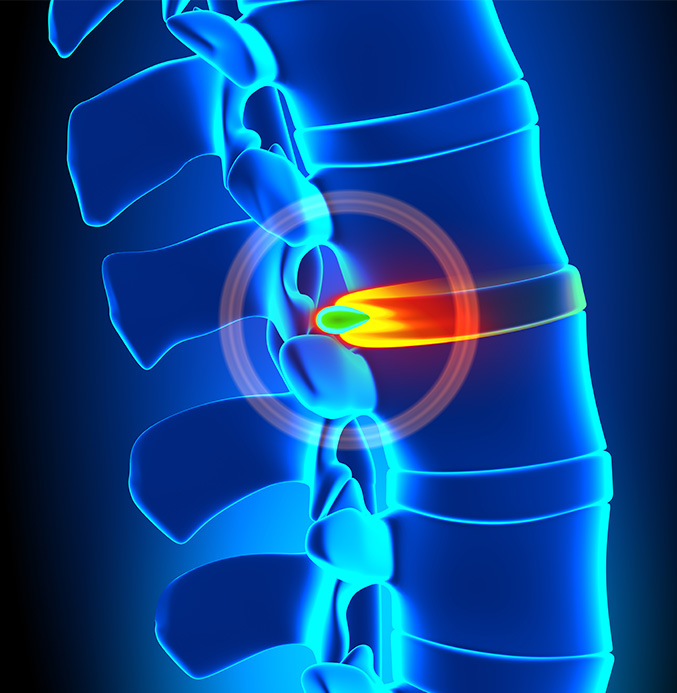
Although physical therapy can’t repair a herniated disc, it can be an important part of treating the pain. That’s because certain exercises prescribed by your physical therapist can help strengthen the muscles supporting the back. As a result of stronger muscles supporting the spine, there will be less pressure on the impacted area.
Balance & Gait Training
Physical therapy has proven effective for assessing and treating balance, dizziness, and vertigo problems. That’s because physical therapy techniques have been developed to aid in retraining the body’s vestibular system. In additon, athletes may find these techniques useful in correcting their form.
In addition, Medicare now recommends all individuals 65 and older have an annual fall risk assessment with a licensed physical therapist.
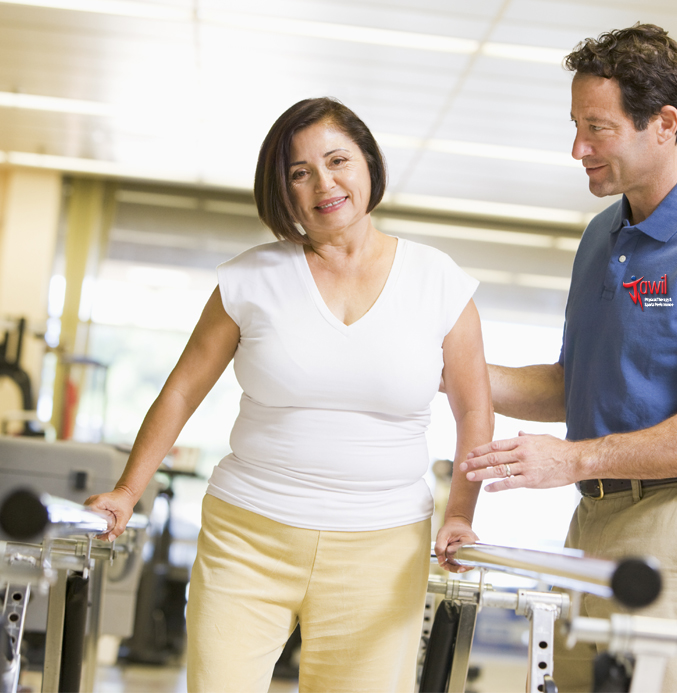
Tension Headaches
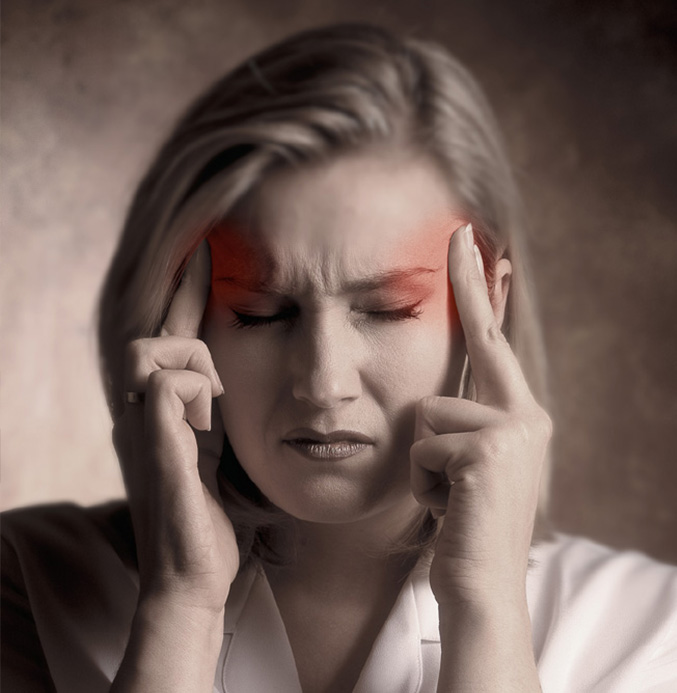
Frequently, muscle tension will refer pain to the head. That’s why you should expect your headache treatment to address many areas in the body. In most cases your neck will be the primary source of tension headaches. Depending on your unique symptoms, you may benefit from one or more of the following therapies:
- Manual Therapy Techniques. This may include manual mobilization of the neck to assist recovery, restore range of motion, reduce muscle spasms and stimulate circulation.
- Therapeutic exercises to promote postural improvements, flexibility, and increased strength.
- Electrotherapeutic modalities. This may include ultrasound or electrical stimulation to relieve pain and promote blood circulation.
The goal of a physical therapy plan for tension headaches is to decrease the muscle tension and associated inflammation. Treatment may also address the movement in the spine for proper head and shoulder posture. Poor posture may also contribute to compression of the neck, which is frequently associated with a headache.
TMJ
TMJ disorders are conditions that affect the ligaments and muscles surrounding the temporomandibular joints. The TMJ joints connect your skull to your lower jawbone and help in movements like speaking and chewing. In addition to oral appliances and other therapies, your dentist may prescribe physical therapy to help strengthen and stretch your jaw muscles. Regardless of the extent of your condition, the team at Tawil Physical Therapy & Sports Performance has the experience and expertise with TMJ to treat your unique condition.
